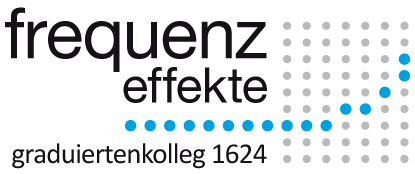| Abstract | Recent studies in the usage based paradigm (e.g. Bybee 2006, 2010, Gries/Divjak 2012) show, that the frequency of a linguistic phenomenon in production and perception is a mayor factor for the entrenchment of linguistic structures as mental representations. Nevertheless, the question on what role frequency effects can play in language contact is still open.
This project deals with the influence of frequency on the exchange of linguistic categories in Quechua and Andean Spanish. Since there are two languages, there are (at least) two possible loci where category-frequency could wield its influence. First, the frequency of a category in the model code could affect the possibility of being copied to the target language. Second, in a variable of the target code, the frequency of the variants could influence the selection of the target structure for the transferred category.
However, the corpus data shows that transfer seems to follow qualitative aspects and that frequency of use of a category is not the crucial factor for the transfer of it. Also for the selection of a variant of possible target structures in the target language, the similarities of semantic and pragmatic factors outdo the mere frequency of the variant.
Furthermore, in a systematic comparison of the process of emancipation through entrenchment of the Spanish verb form and complement dice ("he/she says") + que ("that"), developing into a univerbalized evidential marker (dizque - "allegedly") in Andean Spanish in contrast to the combinatorial use in European Spanish varieties, it is shown that the molding of the evidential marker dizque in three different varieties of Andean Spanish is due to an interaction of frequency with other factors (e.g. semantics, discursive functions).
It is possible to observe different stages of univerbation and functional reanalysis, where frequency is just one of multiple factors and interacts especially with the semantic potential of decir ("to say") as a driving force. The arise of dizque is clearly contact induced. However, there is no direct transfer but a reorganization in the target language can be observed (Pfänder et al. 2013).
The conclusion that can be drawn is that frequency effects play a minor role in language contact. Transfer is not frequency based in the strict sense. This is why there are no specific effects of frequent categories in language contact. Nevertheless, the mechanisms of acquisition, processing, variation and change in contact varieties are not different from these in non-contact varieties. Therefore, frequency effects in language contact are to be found where linguistic phenomena are objects of language, acquisition, processing, variation and change.
|


